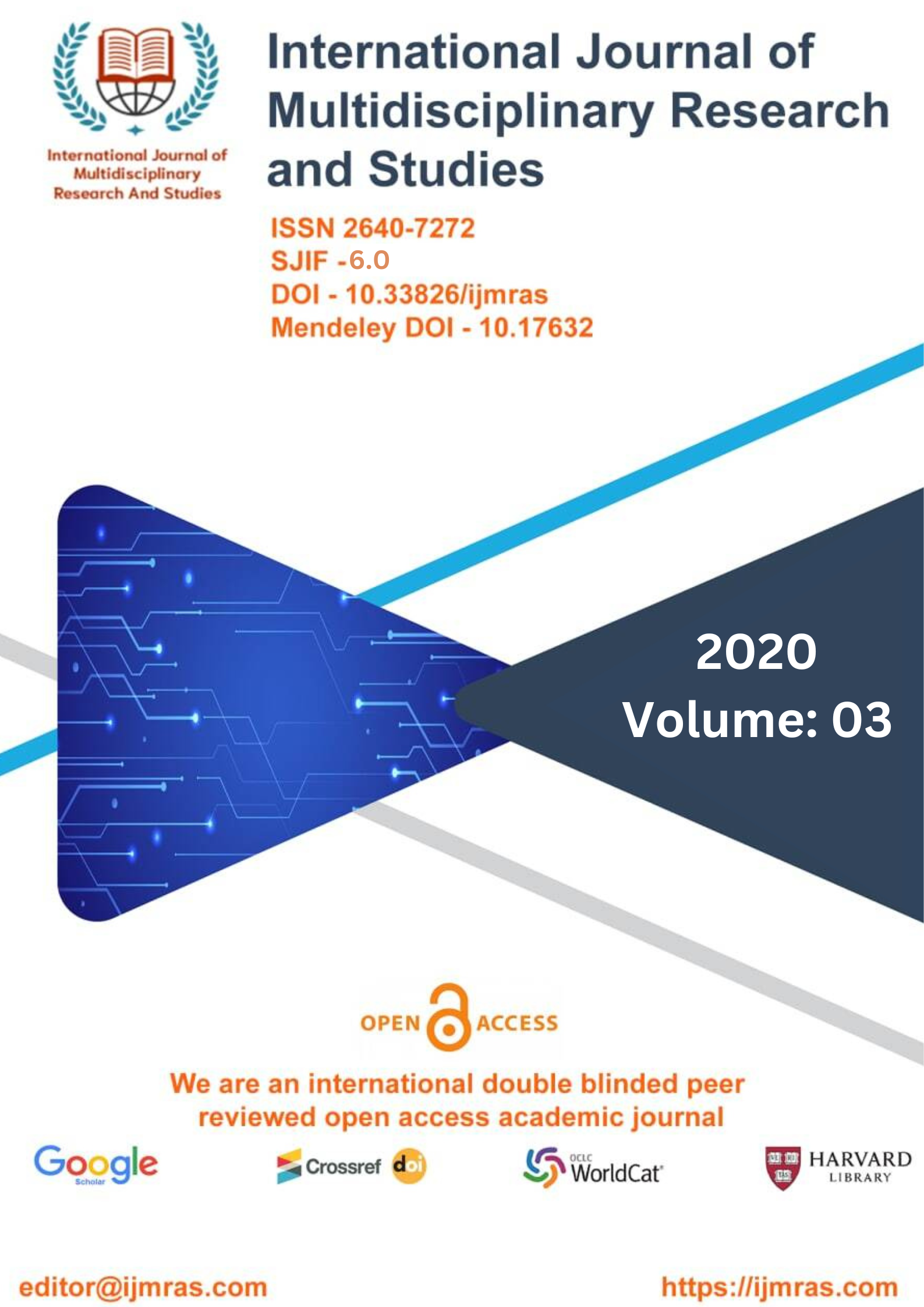PHYSICO CHEMICAL ANALYSIS OF POLLUTED POUND WATER

Abstract
The unquenchable need for information and the insatiable human curiosity that drives it are the key basis upon which the expansion of scientific knowledge is constructed. An important percentage of the progress that has been accomplished in scientific research and technological practice has been directed toward the manufacture or development of human comforts, which has led to an overall improvement in the standard of living in the community. This chapter includes a literature review that is relevant to the objective of the study, which is to determine the current state of water quality. The purpose of the research is to determine the current state of water quality. In addition to that, information on the production of adsorbents and the ways in which they may be used to purge impurities from water is included in this chapter. It has been said that a considerable amount of effort has been done to improve the water quality, the production of a number of adsorbents, and the use of those adsorbents in order to get rid of the sulfur-containing pesticide. In addition, this report contains a condensed explanation of the different adsorbents that may be used to remove the toxins from the environment. In addition to that, we have included a discussion on the most recent thinking about the quality of the water that is available to those who live in rural regions.
Keywords
physical, chemical, polluted pound water, environment, communityHow to Cite
References
Ali, M.A., Salam, A. Azeem (2000) “Studies on the effects of seasonal variations on physical and chemical characteristics of mixed water from Rivers Ravi and Chenab at union site in Pakistan”. J. Res. B.Z. University, Multan, 2: 1-17.
Anandan, G., Sampath Kumar, P., Soundrapandian and Kannan, L (2004). Observation of Environmental characteristics of Ariyankuppam Estuary and Veerampattinam coast of Puducherry, India. J.Aqua.Biol.19(2): 67-72
Anant J. Dhembare, MS, India. (2001). European Journal of Experimental Biology, 1(2):68-76
Andhale, S.B. and P.B. Padiwal, (2009). J.Aqua.Biol.24(2), 5-11
APHA, (1998) “Standard methods for the examination of Water and Waste water.”20TH edition. American Public Health Association, New York
Bagde, U.S. and Verma A.K. (1985) Limnological studies on JNU lake, New Delhi, India Bull:Bot.Soc.Sagar, 32:16-23
Bath, K.S, and H. Kaur (1997) Crustacean population in relation to certain physic-chemical factors at Harike reservoir (Punjab).
i. J.Enr.Ecol.Vol.15(4):954-957
Battish, (1992). Fresh water zooplankton of India, Oxford and IBH Publishing Co., New Delhi.
Bhandarkar, W.R., Bhandarkar, S.V., Murkute, V.B., (2008) Observation on species diversity of Brachionus (Rotifera) from Kalikar pond, Bramhapuri, district Chandrapur, Maharashtra. J.Aqua.Biol. Vol 23(2) : 4-7
Chari, M.S. (1980) Environmental variation in the physico-chemical characteristics of freshwater body. M.Phil Thesis. Aligarh Muslim University,Aligarh.
Charjan, A.P., R.A. Malu and K.M. Kulkarni, (2008), J.Aqua.Biol.Vol 23(2,:8-10
D, C. Sancheti and V.K. Kapoor, (1998) Statistic (Theory, methods and applications), Sultan Chand & Sons.
Dagaonkar and Saksena, D.N. (1992) Physico-chemical and biological characterization of a tample tank, Kaila Sagar, Gwalior, M.P., J.
i. Hydrobiol;8(1):11-19
De, A.K. (2002) Environmental chemistry (4th Ed.) New Age. Internationa Publishers, New Delhi, India, p.232
Deshmukh, J.U. and Ambore, N.E. (2006) Seasonal variation in physical aspects of pollution in Godavari river at Nanded, MS, India. J.i. Aqua.Biol.Vol.21(2),93-96
License
Copyright (c) 2020 JITENDRA KUMAR

This work is licensed under a Creative Commons Attribution 4.0 International License.
Individual articles are published Open Access under the Creative Commons Licence: CC-BY 4.0.



